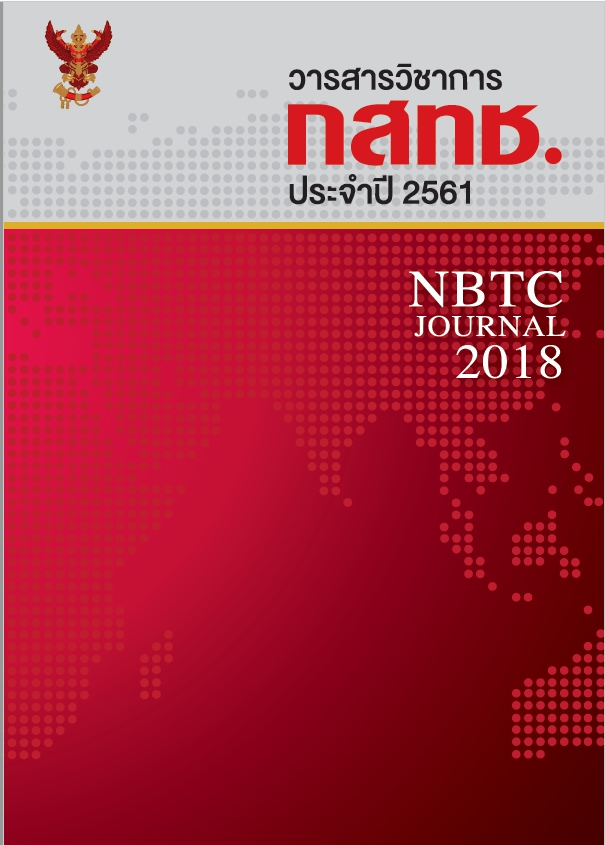No longer “Over the Top”: Exploring the Regulation of OTT Services
Main Article Content
Abstract
While the development of information and communications technology is an ongoing process that has been in train for more than a century, the last decade has been unusually spectacular and disruptive. With their popularity propelled by increased smartphone usage and availability of wireless broadband, Over-The-Top (‘OTT’) services, which run over the mobile and fixed networks of incumbent operators, has enabled consumers to become empowered along technological, social, economic and legal dimensions.
Notably, the use of these Internet based platforms and services often directly compete with similar services based on older technologies. For example, services like LINE, Facebook, Skype and WhatsApp that offer voice or video calls over the Internet compete with traditional SMS and voice calls over telecom networks. Online video streaming and TV services like Netflix and online similarly compete with traditional broadcasters and network providers.
Further, these innovative OTT providers have benefited from the massive investments in networks and network quality by mobile operators. The capacity of carriers to build and upgrade their networks, however, is ultimately dependent upon the sustainability of their business models reflected in their growth and profitability. Adding to the challenge for traditional operators and broadcasters to compete is the fact that such providers are subject to sector-specific regulation while providers of OTT communications services are relatively free from comparable regulatory burdens.
In order to unpack the disruption that OTT services have caused, alongside any regulatory concerns that may need to be addressed by national and regional regulators, this paper is divided into five main sections, namely
1. Disruption unleashed;
2. Definition of OTT services;
3. The OTT business model;
4. Benefits and disadvantages of disruption; and
5. Regulatory Issues.
Most of all, this paper acknowledges that regulating both traditional players and OTT providers to achieve the best outcome for consumers requires navigating the trade-off between the significant benefits which OTT services bring to consumers and creating an economic environment that provides operators with the appropriate incentives to continue investing.
Article Details
เนื้อหาหรือบทความที่ปรากฏในวารสารวิชาการ กสทช. เป็นลิขสิทธิ์ของสำนักงานคณะกรรมการกิจการกระจายเสียง กิจการโทรทัศน์ และกิจการโทรคมนาคมแห่งชาติ
(สำนักงาน กสทช.) ซึ่งสำนักงาน กสทช. ขอสงวนสิทธิ์มิให้นำเนื้อหา ข้อความ หรือบทความไม่ว่าทั้งหมดหรือส่วนหนึ่งส่วนใดไปเผยแพร่ คัดลอก หรือตีพิมพ์ซ้ำโดยเด็ดขาด
เว้นแต่ได้รับอนุญาตเป็นลายลักษณ์อักษร ทั้งนี้ ข้อความ หรือความคิดเห็นที่ปรากฏในบทความแต่ละเรื่องที่ตีพิมพ์ในวารสารนี้ เป็นความคิดเห็นของผู้เขียน
ไม่ผูกพันต่อคณะกรรมการกิจการกระจายเสียง กิจการโทรทัศน์ และกิจการโทรคมนาคมแห่งชาติ (กสทช.) และสำนักงาน กสทช. รวมทั้งกรณีหากมี
การละเมิดสิทธิ์ถือเป็นความรับผิดชอบของผู้เขียนโดยตรงไม่เกี่ยวข้องกับสำนักงาน กสทช. แต่ประการใด

